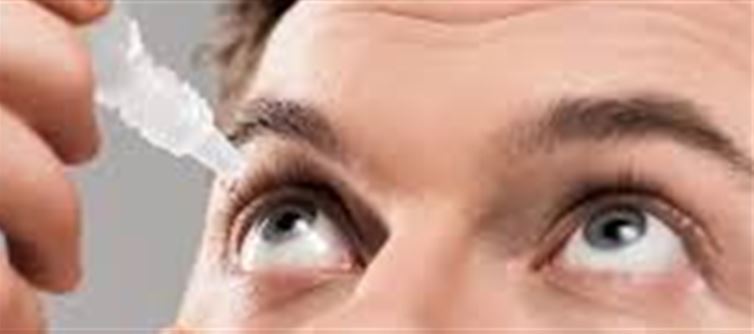
Blurred vision after the age of 40 is a common problem affecting millions worldwide. Most people rely on reading glasses or bifocals to manage age-related vision decline. However, a new eye drop is making headlines for its potential to restore clarity and reduce dependence on glasses. Here’s what you need to know:
1. The Study That Sparked Hope
The European Society of Cataract and Refractive Surgeons (ESCRS) in Copenhagen recently conducted research on this innovative eye drop. Their study found that the drop can improve weak vision caused by presbyopia—a common age-related condition where the eye loses its ability to focus on close objects.
2. How the Eye Drop Works
The eye drop contains active compounds that relax the eye’s focusing muscles and enhance lens flexibility. This helps the eye refocus naturally, improving vision clarity for activities like reading, computer work, and driving.
3. Benefits Over Traditional Solutions
Unlike glasses or contact lenses, the eye drop:
· Does not obstruct natural vision
· Can reduce dependency on spectacles
· Is non-invasive, avoiding the need for surgery
· Offers convenience for daily use
4. Who Can Benefit the Most
The treatment is aimed primarily at people over 40 experiencing blurred near vision. Those who have mild presbyopia or early signs of age-related vision decline are likely to see the best results, according to the ESCRS study.
5. What Experts Recommend
· Consult an eye specialist before starting any new treatment.
· Eye drops may complement but not fully replace corrective lenses for severe cases.
· Regular eye check-ups remain crucial to monitor eye health and prevent complications.
⚡ Quick Takeaways
· Natural vision improvement without surgery or glasses.
· Convenient daily use for clarity in reading and wallet PLATFORM' target='_blank' title='digital-Latest Updates, Photos, Videos are a click away, CLICK NOW'>digital work.
· Promising research, though long-term effects are still being studied.
This breakthrough offers hope for millions struggling with blurred vision after 40. While it may not completely replace glasses for everyone, it is a significant step forward in non-invasive vision care, potentially transforming how we manage age-related vision decline.
Disclaimer:
The views and opinions expressed in this article are those of the author and do not necessarily reflect the official policy or position of any agency, organization, employer, or company. All information provided is for general informational purposes only. While every effort has been made to ensure accuracy, we make no representations or warranties of any kind, express or implied, about the completeness, reliability, or suitability of the information contained herein. Readers are advised to verify facts and seek professional advice where necessary. Any reliance placed on such information is strictly at the reader’s own risk.
.jpg)




 click and follow Indiaherald WhatsApp channel
click and follow Indiaherald WhatsApp channel